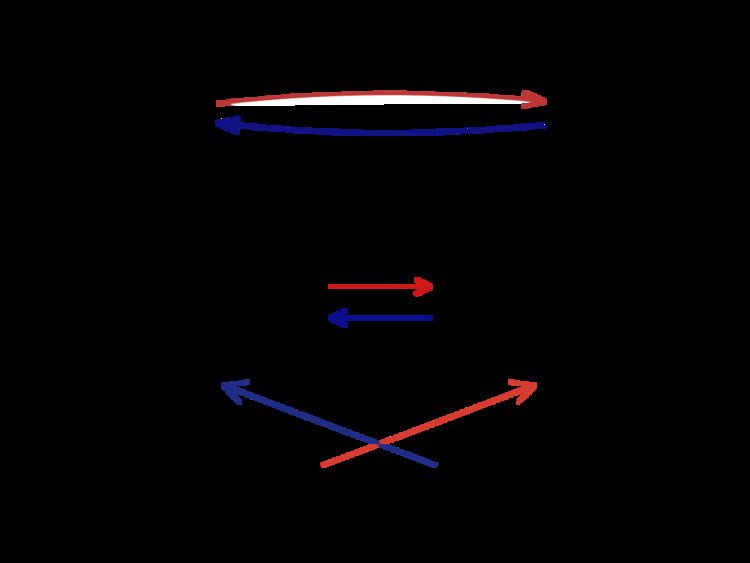 | ||
In mathematics, the fundamental theorem of linear algebra makes several statements regarding vector spaces. These may be stated concretely in terms of the rank r of an m × n matrix A and its singular value decomposition:
First, each matrix
Secondly:
- In
R n ker ( A ) = ( im ( A T ) ) ⊥ - In
R m ker ( A T ) = ( im ( A ) ) ⊥
The dimensions of the subspaces are related by the rank–nullity theorem, and follow from the above theorem.
Further, all these spaces are intrinsically defined—they do not require a choice of basis—in which case one rewrites this in terms of abstract vector spaces, operators, and the dual spaces as
